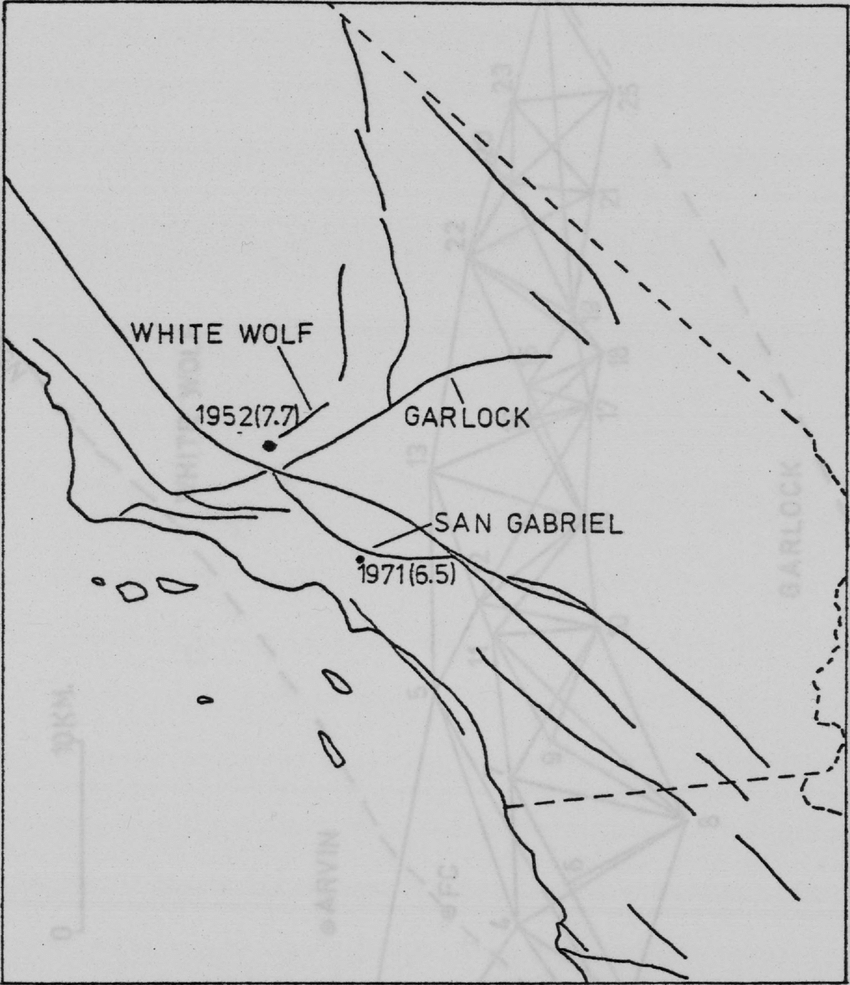The 1952 Kern County earthquake occurred on July 21, 1952, in southern California. This earthquake had an estimated magnitude of 7.3, making it one of the most powerful earthquakes in California’s history. The epicenter was near the White Wolf Fault in the southern Sierra Nevada mountain range.
Key points about the 1952 Kern County earthquake:
- Magnitude and Intensity: The earthquake was 7.3 and is considered a major event. It caused strong shaking in the affected areas.
- Location: The epicenter was near Arvin in Kern County, California.
- Damage: The earthquake caused significant damage in several communities, including Bakersfield, Tehachapi, and Arvin. Many buildings were damaged, and some were destroyed. Infrastructure, such as roads and bridges, also suffered.
- Casualties: The earthquake resulted in 12 fatalities and numerous injuries. The loss of life and property damage were considerable.
- Aftershocks: Like many major earthquakes, the 1952 Kern County earthquake was followed by a series of aftershocks, some of which were strong enough to cause additional damage.
- Effects on Oil Fields: The earthquake had notable effects on oil fields in the region. The shaking caused ground rupture and surface faulting, impacting oil extraction operations.
- Response and Study: The earthquake prompted increased interest and research in engineering and seismology. Lessons learned from the event contributed to advancements in earthquake-resistant building design and seismic hazard assessment.
The 1952 Kern County earthquake was a significant event in the history of seismic activity in California, and it played a role in shaping earthquake preparedness and research efforts in the region.

